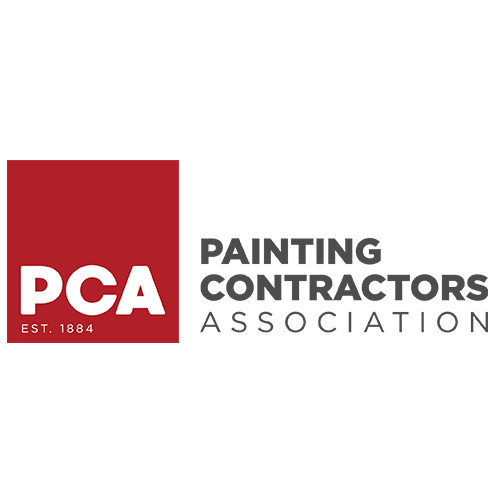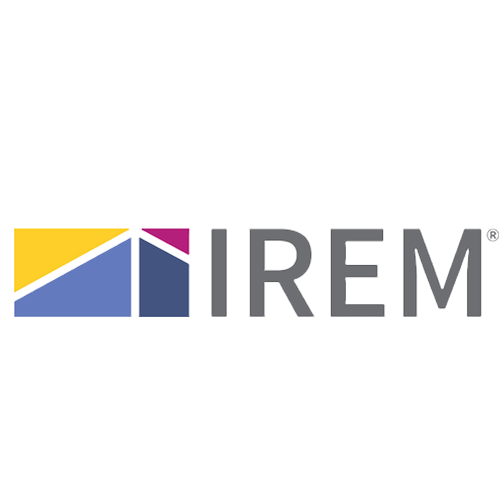Safety standards and certifications are crucial in commercial painting for ensuring a secure, professional environment for workers and clients.
These standards protect workers, uphold quality, and provide clients with peace of mind that the job is done safely and effectively.
This piece explores the significance of adhering to safety standards, the critical certifications for commercial painting professionals, and how these elements benefit the project.
The Importance of Safety in Commercial Painting
Commercial painting is more than just applying paint; it often involves working at heights, handling potentially hazardous materials, and operating equipment. As such, safety is paramount.
By adhering to industry standards and securing necessary certifications, commercial painting companies demonstrate a commitment to safety, professionalism, and quality; this protects the health of the workers and occupants and reduces liability risks for business owners.
Closely following safety standards minimizes the chances of accidents and injuries, which can be costly and disruptive. For instance, falls from heights are among the most common accidents in the construction and painting industries.
The Occupational Safety and Health Administration (OSHA) has strict guidelines to prevent such incidents, including using fall protection gear and proper scaffolding setup. Companies that comply with these standards show dedication to a safe workplace and mitigate the risk of accidents.
Key Safety Standards in Commercial Painting
OSHA Regulations
OSHA sets and enforces standards to ensure safe and healthy working conditions. Its guidelines on fall protection, respirator usage, hazardous material handling, and personal protective equipment (PPE) are critical for commercial painters.
Adhering to OSHA regulations helps reduce workplace injuries and avoids potential legal issues and penalties.
Environmental Protection Agency (EPA) Lead Renovation, Repair, and Painting (RRP) Rule
Lead-based paint is a risk in buildings built before 1978, posing health hazards if improperly handled.
The EPA's RRP Rule requires contractors to undergo certification and training on lead-safe practices to prevent lead contamination during painting or renovation work. This certification is essential for any company dealing with older buildings, ensuring that clients avoid exposure to the risks associated with lead contamination.
Scaffolding Standards (ANSI/ASSP A10.8)
The ANSI/ASSP A10.8 scaffolding standards ensure the safe use of scaffolding in construction and painting. This standard provides detailed guidelines on the safe design, construction, and dismantling of scaffolding frequently used in commercial painting. Following this standard helps reduce accidents related to scaffold failures and contributes to overall job site safety.
Personal Protective Equipment (PPE) Standards
PPE standards cover everything from protective eyewear to respirators, gloves, and coveralls. PPE standards protect workers from hazardous chemicals, paint fumes, and accidental spills. This prevents health issues like respiratory problems and skin irritation and shows clients that the company takes worker safety seriously.
Hazard Communication Standards
OSHA’s Hazard Communication Standard (HCS) requires workers to be informed about hazardous chemicals in the workplace; this includes labeling, safety data sheets, and training.
In a commercial painting setting, where there are several coatings of various solvents and coatings, clear communication is crucial to avoid accidental exposure to hazardous substances.

Key Certifications in Commercial Painting
Obtaining certifications showcases a company's commitment to quality and adherence to industry standards. Here are a few certifications that signal professionalism and expertise in commercial painting.
EPA Lead-Safe Certification
This certification is required for any contractor working on properties built before 1978 that may contain lead paint. The accreditation involves training on lead-safe practices, including methods to contain and clean up lead dust and debris.
This certification allows a painting company to work legally on older buildings, making it a valuable credential for commercial painters.
Scaffolding and Ladder Safety Certification
Commercial painting projects often require scaffolding or ladders, and certification in scaffolding and ladder safety is crucial. This certification demonstrates that the company is trained in the safe use and setup of these tools, reducing the risk of falls or accidents on the job.
First Aid and CPR Certification
While this certification is not specific to painting, having team members certified in first aid and CPR is valuable; this is particularly important on large-scale commercial projects where quick response to an injury could be critical.
A company with first-aid-certified employees shows extra preparedness and care for its workers' well-being.
Industrial Coatings Certifications
For companies specializing in industrial coatings or more complex commercial projects, certifications like those from the Society for Protective Coatings (SSPC) are highly respected.
These certifications cover training on surface preparation, coating application, and safety protocols specific to industrial environments.
SSPC certifications signal expertise in industrial painting, giving clients confidence in the company's capabilities.
ISO 9001 Certification
ISO 9001 is a valuable quality management certification in any industry; it demonstrates a commitment to continuous improvement, quality assurance, and customer satisfaction for commercial painting companies.
Achieving ISO 9001 certification requires adherence to strict management processes, making it a strong indicator of a reliable and well-organized business.
Benefits of Adhering to Safety Standards and Certifications
Enhanced Reputation and Client Trust
When a company adheres to safety standards and obtains relevant certifications, it signals professionalism and reliability. Clients are more likely to trust a company that prioritizes safety, as it reflects a level of care and responsibility.
Reduced Liability Risks
Safety certifications and adherence to standards can significantly reduce liability risks. For example, companies that follow OSHA guidelines and secure the EPA Lead-Safe Certification are better protected against potential lawsuits and fines, as they have taken all necessary precautions to safeguard their workers and clients.
Increased Worker Morale and Productivity
A safe work environment fosters employee morale. When workers feel protected and know their employer is committed to safety, they're likelier to perform well and stay with the company longer.
Higher Project Quality and Consistency
Certifications like ISO 9001 and SSPC reflect a dedication to quality, consistency, and best practices. When companies implement these standards, the quality and consistency of their work are enhanced, leading to better project outcomes.

Reach Out To SmithPro Commercial Painting
Safety standards and certifications are essential in commercial painting. They safeguard workers, protect clients, and demonstrate a commitment to professionalism and quality.
By adhering to these standards, commercial painting companies build a solid reputation, reduce liability risks, and ultimately deliver higher-quality results.
While it may not seem important now, general knowledge of these certifications will significantly benefit you when selecting a commercial painting contractor to work on your building or construction site.
At SmithPro Commercial Painting, we're committed to helping businesses achieve their aesthetic goals and create spaces safely.
Contact us today to learn more about our professional painting services and how we can help bring your vision to life.











